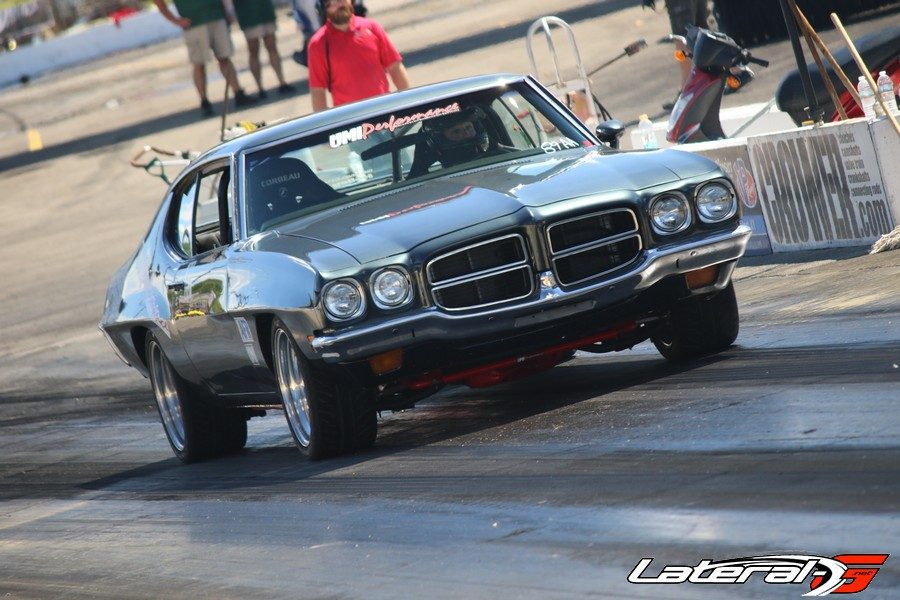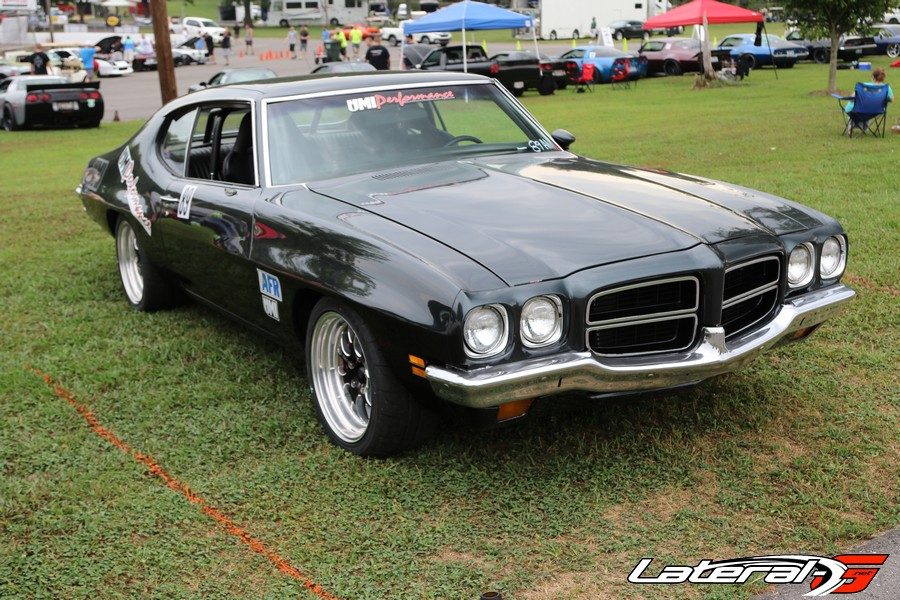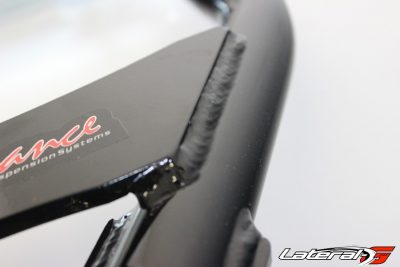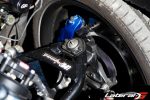A-Body Suspension Problems Solved

In the Pro Touring scene, the F-body platform seems to be the most popular platform due to its broad selection of aftermarket parts. But what if you want to go down a different route? The GM A-body is your next choice, with such a wide variety of models utilizing that platform. Anything from the ‘64-’72 Malibu, El Camino, Skylark, Lemans, or Cutlass. In old muscle car terms, these cars are mid-sized and more affordable than your average F-body.

We recently talked about the GM A-body with the guys at UMI Performance, and learned a little bit about the problems, fixes, and improvements that can make your A-body a lot better than the factory setup. Every platform has its downfalls, so what are the downfalls of the GM A-body and how are they fixed? We spoke to Ramey Womer, an Engineer at UMI Performance to find out more about it.
Diagnosing The A-Body Problems
- Womer said it all starts with its poor geometry. “The A-body has poor camber gain due to a short spindle from factory,” explained Womer. Camber is the measure in degrees of the difference between the wheels vertical alignment perpendicular to the surface. Camber is often used in racing to keep the tire fully planted on the ground, to help keep grip and overall handling.
- “Cars of this era were sprung very softly, and didn’t have much resistance, as well as terrible shocks.” explained Womer. What this means is that they may have a nice comfy ride, but really lack in the performance area. Back then the A-bodies were meant to haul a family or hit the drag strip, not hit a road course.
- Womer continued, “out back is the converging four-link, which is not the greatest setup GM could have chosen.” The converging four link is designed with two lower arms that are perpendicular to the rearend. However the upper arms are at roughly a 45-degree angle which keeps the rearend centered under the car. “The issue here is that there is a lot of binding that happens when utilizing the factory rubber bushings to try and get some compliance,” stated Womer.
- Another key factor is tires and how the original bias ply tires compare to radials. The bias ply tires are constructed much different than a modern day radial tire and they tend to roll a lot when cornering and can’t handle additional caster.
Fixing The A-Body Issues
- “Adding spindle height via tall ball joints or an aftermarket tall spindle will help to pull the top of the tire in during cornering,” explained Womer. A simple fix such as this can make a drastic difference within the A-Body. Even if you’re using stock suspension, replacing with tall ball joints will make a big difference in the handling department.
- In order to fix the shocks and springs, “a set of higher rebound shocks help keep a car from wallowing or pitching, while a set of springs with an increased rate works to stabilize the car without being too stiff,” explained Womer. These two changes can dramatically improve the stiffness of the overall car, but retain a comfortable ride.
- In response to the converging four-link Womer explained “this can be improved by installing a set of Roto-Joints or rod ends, as well as increasing the strength of the control arms.” The Roto-Joints work similar to a heim-joint, where they can freely articulate around, which frees up the binding that’s in the GM A-body platform. The Roto-Joints are installed on the upper rear control arms, either taking place of the rubber bushings on the housing side or body side.
- Upgrading to a set of radial tires will make a massive difference in the handling of your car as well. Radial tires allow additional caster and are better for handling since the sidewall and tread function independently. When heading for performance, radial tires are ideal. All modern cars utilize a radial ply tire.
Fixing your A-Body with UMI Performance
What options are out there? Whether it be to make a better driver, or build a track ready car, there are different routes you can take. A stage two kit from UMI Performance is ideal for a nice driver, and requires no additional tuning. It includes:
- Tubular upper and lower a-arms
- Tubular upper and lower rear control arms
- Tubular frame brace
- 1 1/4″ front sway bar
- 1″ Solid rear sway bar
- UMI monotube shocks
- Linear rate 2″ lowering springs
- Replacement rear end housing bushings
- Front upper & lower Grade 8 hardware kit, rear control arm Grade 8 hardware kit.

Womer explained that “the stage two kit is non adjustable, the arm lengths are factory and bolt in without the builder having to worry about setting anything. Simply bolt on and enjoy the performance. Just because it’s a lower stage, doesn’t mean its lower performance.” On the other end of the spectrum is the stage five kit, which is a fully adjustable setup that is available for drag racing as well as Pro Touring. It includes:
- Tubular lower front a-arms
- Tubular adjustable front upper front a-arms
- Tubular rear lower control arms with dual Roto-Joints
- Adjustable rear upper control arms with Roto-Joints
- 1 1/4” Front sway bar with bushings and end links
- 1″ tubular rear Pro-Tour bar
- Tubular frame braces
- Rear lowering springs, choice of 1” or 2” rear drop
- Set of 4 double adjustable Viking shocks, front coil over shocks
- Front coil over springs (choice of spring rate)
- Roto-Joint axle housing bushings
- Grade 8 hardware with nylock nuts to install kit
The stage five kit is a more race oriented package, but can still work on a daily driver. “Up front are delrin bushings and tall ball joints to help camber gain. The front springs and shocks are ride height, and damping adjustable in both compression as well as rebound. The trailing arms have roto-joints, adjustable rear upper arms help set pinion angle and lateral location. The stage five kit also has double adjustable rear shocks help tune ride height and damping. Both are great kits, just used for different purposes,” stated Womer.

Overall, the biggest noticeable change is driveability. Whether you are heading for that nice driver or full-blown racecar, there will be an immediate, and very noticeable change in the car. It feels like “a new car on sport mode,” described an UMI customer. We personally can tell you the UMI Suspension works great. After installing it on our ’66 Chevelle we took the car 5,000 miles on Power Tour. The car was comfortable but sporty and took the abuse of thousands of miles of rough roads and flat out beating on the car without an issue.

For any additional questions, hop on the UMI Peformance website or give them a call at (814) 343-6315
- OLYMPUS DIGITAL CAMERA


























